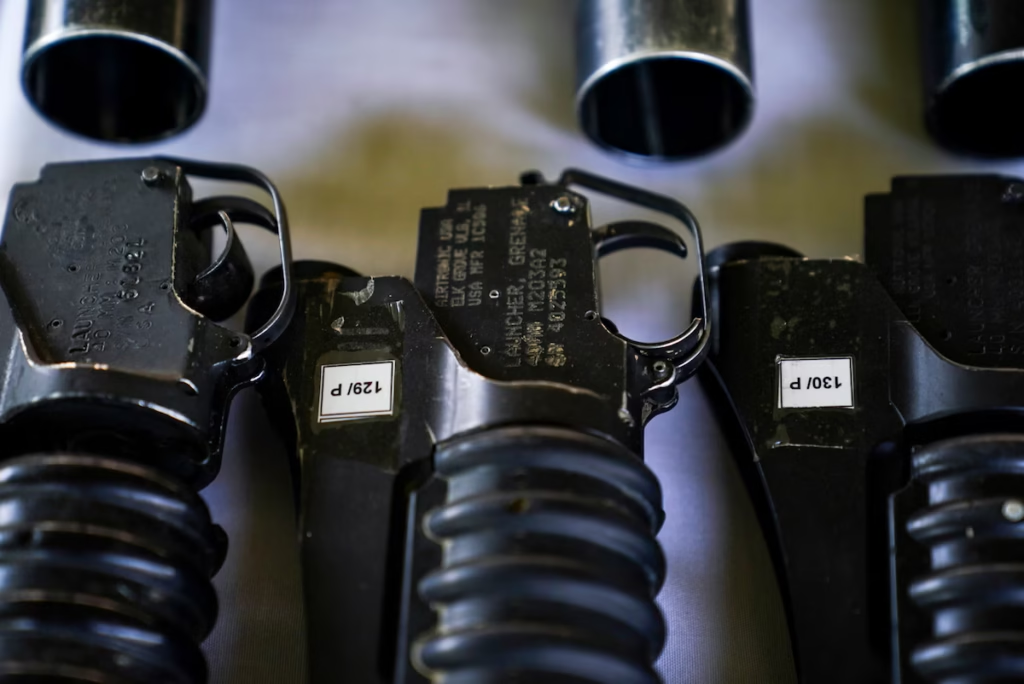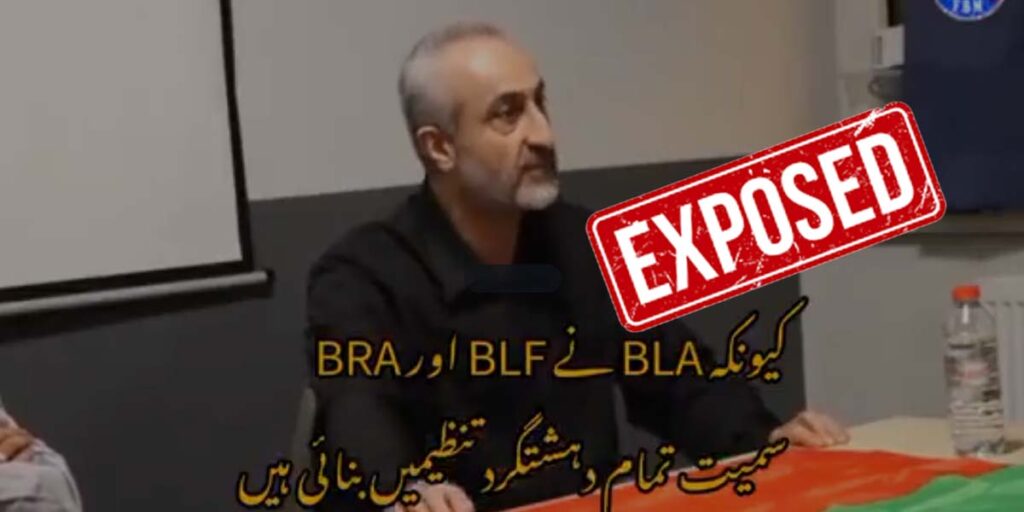TEHRAN: At 2:37 AM local time on June 13, Israeli F-35I Adir fighter jets and Harop drones launched coordinated missile and UAV strikes targeting Tehran, Natanz, Isfahan, and Tabriz.
In the days leading up to the attack, between June 9 and 12, Pakistani intelligence agencies intercepted four critical calls via military satellite SIGINT and Thuraya satellite phone links.
The intercepted conversations involved individuals using code names S-9 (linked to the BLA), F-17 (associated with the BLF), and R-209 (an Israeli Mossad field officer, identifiable by his Hebrew accent).
A key conversation took place on June 10 at 10:14 PM, when the BLA commander—codenamed S-9—communicated with the Israeli agent R-209 via satellite.
He offered safe passage for Israeli forces if they established a foothold along Balochistan’s coastal belt, stating, “Pakistan must be kept trapped in internal unrest at all costs.”
This conversation was recorded as a direct proposal to establish an Israeli beachhead between Gwadar and Ormara.
Just hours later, at 3:48 AM on June 11, R-209 instructed BLF leader Bashirzai—codenamed F-17—to execute twin attacks in Chabahar and Panjgur, saying, “We only need 72 hours of chaos.” The call clearly revealed plans for simultaneous bombings in Iran and Pakistan.
Both voices were verified using VoiceID databases maintained by Pakistani intelligence, which matched the audio to known profiles: S-9 as BLA commander Abdullah Lehri and F-17 as BLF leader Allah Nazar.
The alliance between Israel and the BLA/BLF is driven by multiple motives. The most prominent is geography—Balochistan’s 1,000 km long Makran coastline offers Israel a strategic vantage point to monitor Gulf ports and Iranian naval operations.
For the Baloch separatists, Israeli support brings potential international exposure and access to light arms, enhancing their operational capacity.
Notably, Pakistan’s intelligence community suspects the involvement of India, which it labels as the “Fitna-e-Hindustan.” The BLA’s prior links with Indian intelligence are well-documented, and in 2019, the U.S. State Department officially designated the BLA as a terrorist organization.
Evidence also highlights BLA’s growing militant capability. In March 2025, the group hijacked the Jaffer Express, taking passengers hostage and killing several—a clear indicator of its ruthless methods.
Likewise, the May 2025 coordinated attack on the Surab police station, coupled with a media propaganda blitz, shows that the BLA is actively engaged in hybrid warfare aimed at influencing public perception, not just launching military strikes.
The current threat level remains high. In Iran, BLA-linked operatives are allegedly planning attacks on energy pipelines from Zahedan to Chabahar.
In Pakistan, key infrastructure such as Gwadar Port, the Coastal Highway, and the Khuzdar–Karachi power transmission line are being targeted for timed bombings.
The strategic intent appears to be twofold: to entangle Pakistan in domestic chaos and to prevent it from diplomatically or militarily aiding Iran against Israel.
These threats are not just tactical; they pose a direct assault on Pakistan’s economic lifelines.
Israel’s latest operation reflects a new strategy—combining aerial strikes with internal sabotage.
By leveraging BLA and BLF operatives, Israel seems to be laying the groundwork for a beachhead in Balochistan, a platform for sustained operations against Iran.
This tactic mirrors Israel’s approach in 1980s southern Lebanon, where it used local Christian militias to secure its strategic interests.
The question arises: Why is Balochistan a primary target? The first reason is its geostrategic location—Makran’s coastline directly oversees the Strait of Hormuz, a vital global energy corridor. Second, the China-Pakistan Economic Corridor (CPEC), stretching from Gwadar to Khunjerab, is a critical route.
Any disruption here could have serious economic consequences for both China and Gulf nations.
ALSO READ: BLA kill their own people, not represent them: Behram Baloch
Third, and most dangerous, is the exploitation of internal rifts. By hijacking Baloch nationalist movements and presenting them as “rights-based struggles” on global platforms, these groups aim to intensify pressure on Pakistan both internally and externally.





